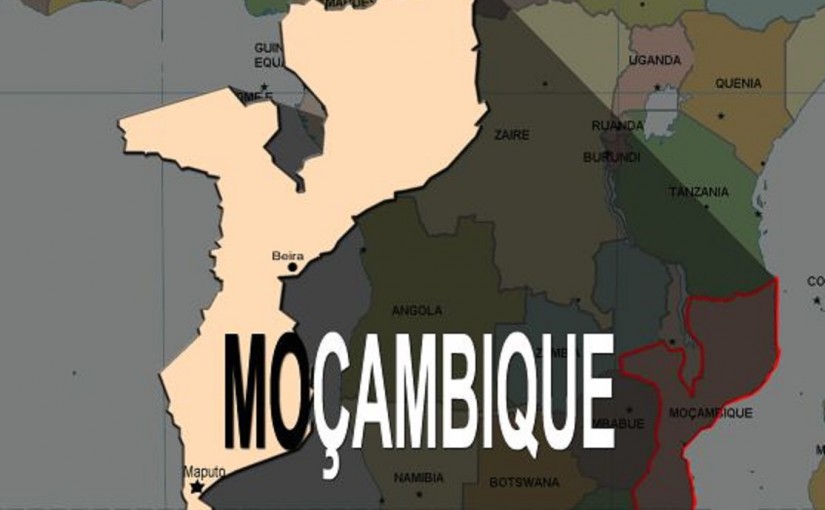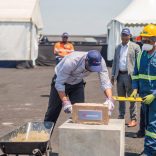EUMAM MOZ and FADM celebrate International Day of African Children at orphanage “Esperança”
Malnutrition claims more than 70 children in Tete, Mozambique, 1st Half of 2016

At least 73 children under the age of five of the 4,000 suffering chronic malnutrition in Tete province have died in the first half of the year.
Data released on Tuesday in the wake of a technical meeting on the matter in Tete shows the 4,000 cases reported in the first half of the year represent double the number recorded in the same period last year.
The increase is described as disturbing. The main cause is the drought in the province, with a higher incidence in the southern districts including Changara, Marara, Mágoè, Cahora Bassa and Mutarara.
Marla Amaro, head of the Nutrition Department at the Ministry of Health, is quoted by AIM as saying that chronic malnutrition is disturbing, with Mozambique’s rate, estimated at 43 percent, high by international standards.
“The data we have indicate that acute malnutrition in Mozambique stands at 2.9 percent and moderate malnutrition rate is five percent. These figures are worrying. We are ways to improve the situation,” she said.
Currently, various programmes in the health and agriculture sectors are underway. A reduction the mortality rate from of 10 percent in 2014 to nine percent last year is seen as one positive result.
Addressing the meeting’s opening session, the provincial director of Health in Tete, Carla Mosse, said: “We would like you to seriously debate this issue of chronic malnutrition because our rate is above the national average, which is a cause for concern.”
“The rate of 44.2 percent chronic malnutrition in the province is very worrying. So we urge that the discussions are lively and achieve our goal of reducing this figure,” she said.
Head of Nutrition at the Tete Provincial Directorate of Health, Fabiola da Silva, said that more than a thousand children were currently hospitalised in the province as a result of chronic malnutrition.
“This is worrying because, according to World Health Organization figures, chronic malnutrition rates should be below 20 percent,” she said.
Da Silva pointed out that WHO recommendations for acute malnutrition were below five percent, but the province was recording 5.6 percent. To address the situation, cookery demonstrations were being held in communities.
“We also have mobile units that diagnose children affected by chronic malnutrition so that they can be treated in time,” she said.












Leave a Reply
Be the First to Comment!
You must be logged in to post a comment.
You must be logged in to post a comment.